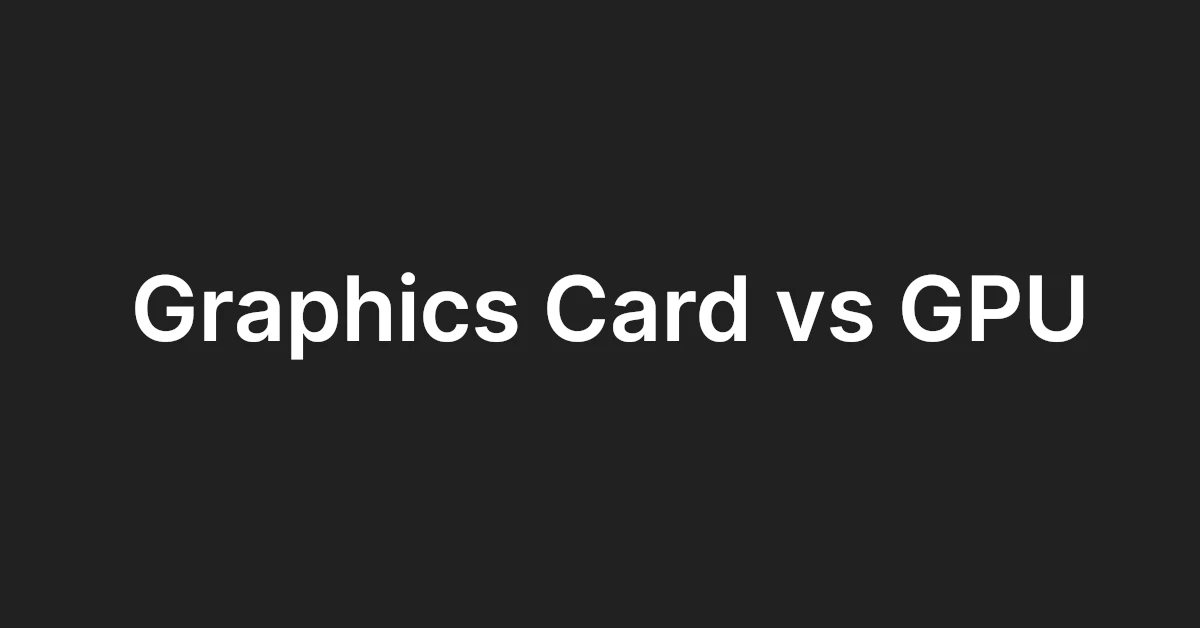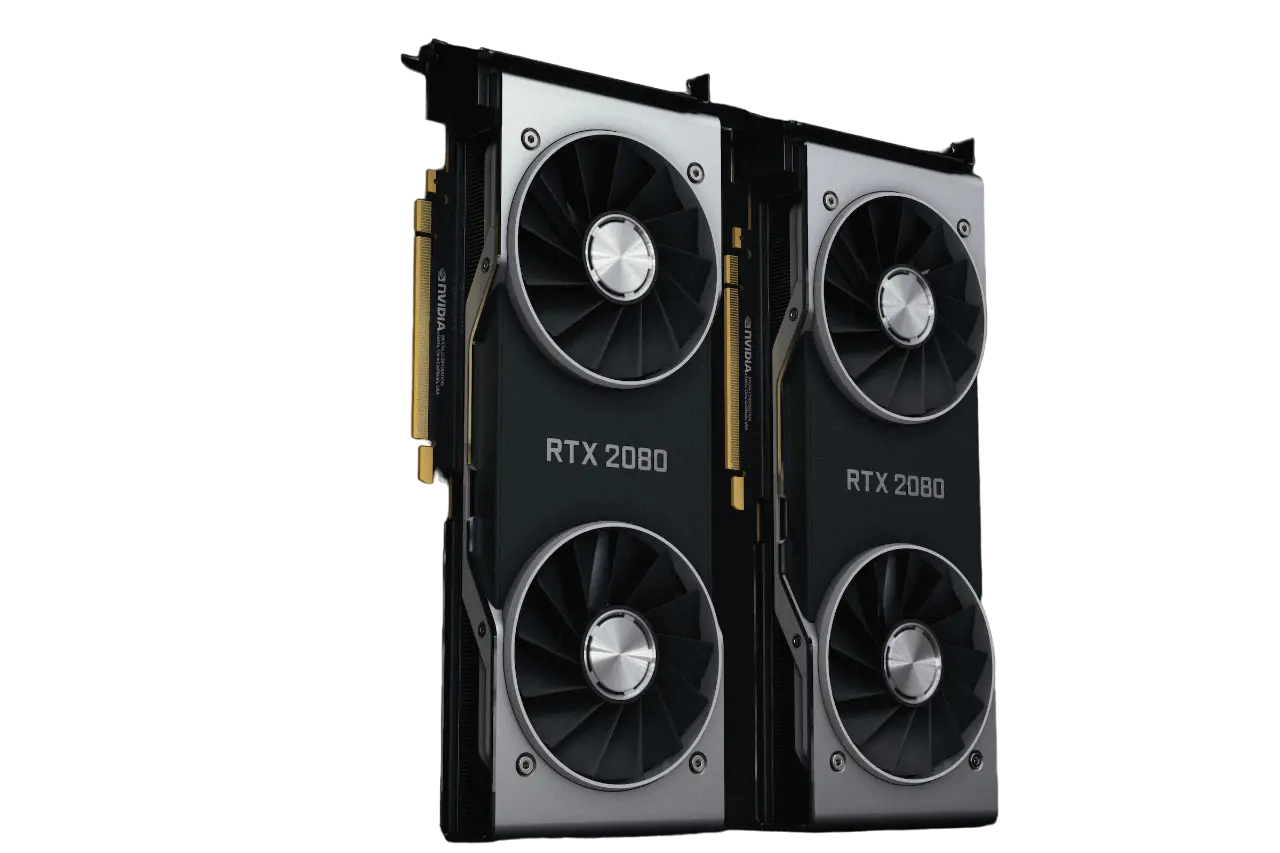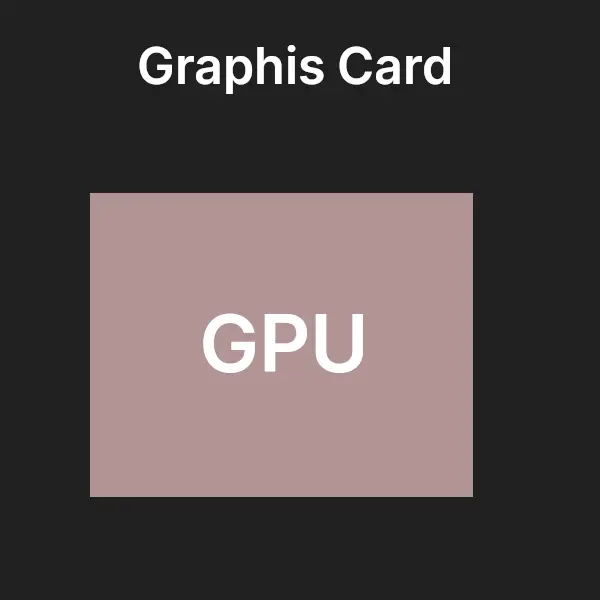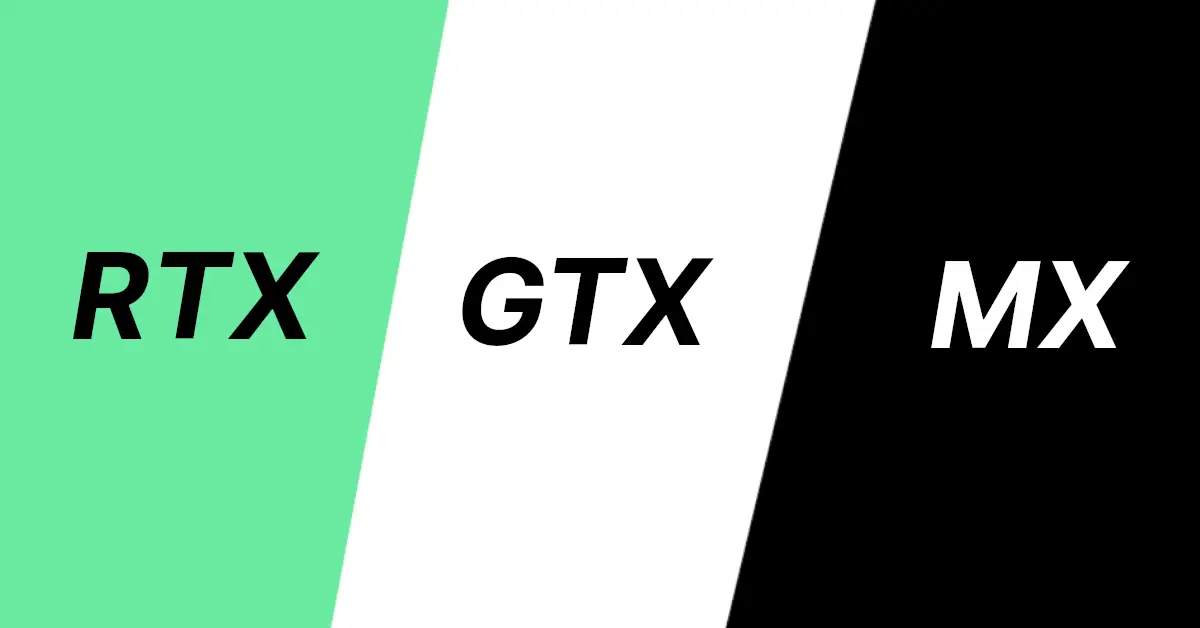Affiliate links on Tech Countless may earn us a commission. Learn more
Graphics Card vs GPU: What’s The Difference?

When it comes to the world of computing, the terms Graphics Processing Unit (GPU) and Graphics Card are often used interchangeably, leading to confusion among users. While they share some similarities, they are not the same thing.
In this article, we’ll explore the differences between a GPU and a graphics card, and how they work together to deliver the stunning graphics that we see on our screens.
What is a Graphics Processing Unit (GPU)?
A Graphics Processing Unit (GPU) is a specialized processor that is designed to handle complex calculations related to graphics rendering. It is a highly parallelized processor that can perform multiple tasks simultaneously, making it ideal for graphics-intensive tasks like 3D modeling, video editing, and gaming.
GPUs were originally developed to accelerate the rendering of graphics on computer screens, but they have since been used for a wide range of other applications, including scientific simulations, artificial intelligence, and machine learning. The main advantage of a GPU is its ability to perform complex computations in parallel, which enables it to deliver high performance for tasks that require a lot of processing power.
What Is A Graphics Card?

A graphics card, also known as a video card, is a hardware component that is responsible for rendering images and video on a monitor. It is a type of expansion card that is inserted into a computer’s motherboard and connects to the monitor via a cable.
A graphics card typically contains a GPU, as well as other components like memory, cooling systems, and connectors. It is responsible for taking the graphical data from the computer’s CPU and converting it into a format that can be displayed on the monitor. The graphics card also handles tasks like anti-aliasing, texture filtering, and shading, which are essential for delivering high-quality graphics.
What’s The Difference Between Both?
The primary difference between a GPU and a graphics card is that a GPU is a processor that is designed to handle complex calculations related to graphics rendering, while a graphics card is a hardware component that contains a GPU, along with other components like memory and cooling systems.
Another key difference is that a GPU can be integrated into a computer’s CPU or motherboard, while a graphics card is a separate hardware component that can be added to a computer. Integrated GPUs are typically less powerful than dedicated graphics cards, but they can still deliver adequate performance for basic tasks like web browsing and word processing.
Graphics cards are designed to deliver high-performance graphics for more demanding tasks like gaming and video editing. They typically come with their own memory, cooling systems, and connectors, which enables them to deliver high-quality graphics without putting too much strain on the computer’s CPU.
Just for understanding refer below image:

Conclusion
In summary, a GPU is a processor designed to handle graphics processing tasks, while a graphics card is a hardware component that contains a GPU, memory, and other components that work together to deliver high-performance graphics. Both are essential for delivering the stunning graphics that we see on our screens everyday, essentially while gaming.

